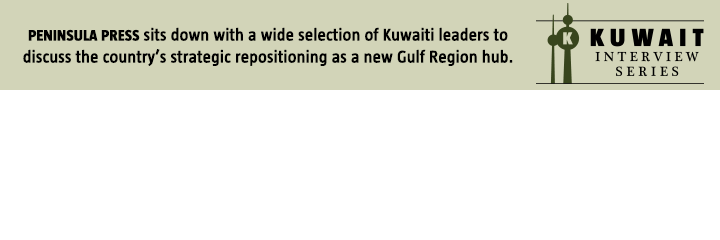Bright economic figures are balanced by social challenges. Tourism can significantly affect people’s lives at the local level. Can you please explain how your government plans to prioritize tourism to benefit the local population?
Before we had many obstacles to developing the sector, including the economic sanctions, which did not favor visitors coming to Myanmar. Tourists found that they could not even use their money, because of sanctions. However, since April 2011 when we set up the new administration, the tourism industry has been growing exponentially. Tourism does have a ripple effect, so the money goes not only to the government but to the local people at the grassroots level: from the five star hotels to the street vendors. For this reason we understand that tourism will have a positive impact and that earnings will go to the local communities. The cabinet does understand that and there is consensus, which is reflected in the Master Plan. Also when we did the responsible tourism policy we mentioned that it should be prioritized.
In a related question, we have seen that in other countries regional development can make for greater success in resolving regional conflicts. Regional brand identities can provide a positive experience for the international visitor as well as foster a sense of pride in the local groups. How are you working to develop these identities?
That is why when we made our new tourism brand we included the tagline: “Let the Journey Begin…” We want to see all of the people involved in the project of Myanmar; all of the regions contributing in order for us to all move forward together.
There is always a decision facing a Minister of Tourism when attempting to build the sector: whether to concentrate on mass tourism or whether to build a more exclusive tourism offering.
We want Myanmar to be in the middle. We look to Bhutan, where there are very few, but very high-level visitors, and we compare this to Malaysia or Thailand where they have many more visitors, but each visitor spends less. We wish to differentiate between the long-haul travelers from Europe or the US who come here with considerable resources and can spend a lot, and our regional tourists who also need places to stay and eat, but are prepared to spend much less. We know that we also need to properly manage our resources so that we do not overload the country and create a negative impact on our environment.
However, we are also aware that we need to educate the public – both the visitors and the people here. Private, public and people in the community all have to understand the responsibilities of both hosts and visitors. We want our visitors to take care of tourism in a responsible manner. We have prepared material for our visitors with the assistance of international organizations: booklets and pamphlets that explain our cultural norms, the reasons for them and how to interact with our people without being rude.
In terms of the international business community being able to get involved as investors in your sector and not just visitors to the country – what opportunities are open to them?
We have the foreign investment law that provides many incentives to the international business community. The most important aspect of that as it relates to tourism development is that people can rent the land for 70 years. In the past they could only get the land for 45 years. We are, however, finding that people are still waiting to see what happens. They are sending a lot of fact-finding missions, but they are not acting yet. Management companies are moving though – for example Hilton is going to manage one of the hotels in Yangon, and Accor and the Westin are both coming in as well. One of the impediments to FDI is that property prices are so high.
We spoke about branding and the “Journey.” How are you planning to differentiate Myanmar from your immediate neighbors?
We have an advantage in that our people are by nature very friendly and hospitable with visitors. We are also developing our product offering. We have snow-capped mountains, for example, something which is unique in the region. As we get more access to power we will be able to develop ski resorts. We also have over 100 colorful ethnic minorities and identities, which makes cultural tourism a possibility. In addition, we have such strong historical heritage that people can appreciate when they come to Bagan or Mandalay. However there are also challenges – we need infrastructure and energy and ICT development in order to support tourism development. We are also hoping to get UNESCO World Heritage designation for several sites in Myanmar.
What are some of the other challenges to the growth of your portfolio?
Infrastructure is really the key – and that includes everything, from airports and roads to communications. Most international flights want to go to the commercial center in Yangon. We are trying to entice them to come to Nay Pyi Taw, and they are beginning to fly here more.
In your time as Minister what are the projects that you would most like to get underway?
Well first of all as a citizen and a human being, I would like to get more tourists. I am not worried about my country in terms of our carrying capacity – we have over 667,000 square km, so we have plenty of room for visitors. For poverty reduction we would like to see the tourists traveling out to the remote areas for them to see more of the country, interact with the people, and create wealth for our local people. We also want to get more awareness for the country as a tourist destination in the world. It is for this reason that we embarked on the nation-branding campaign. Finally, we want to make a greater contribution to the wellbeing of the citizens of Myanmar through tourism.

